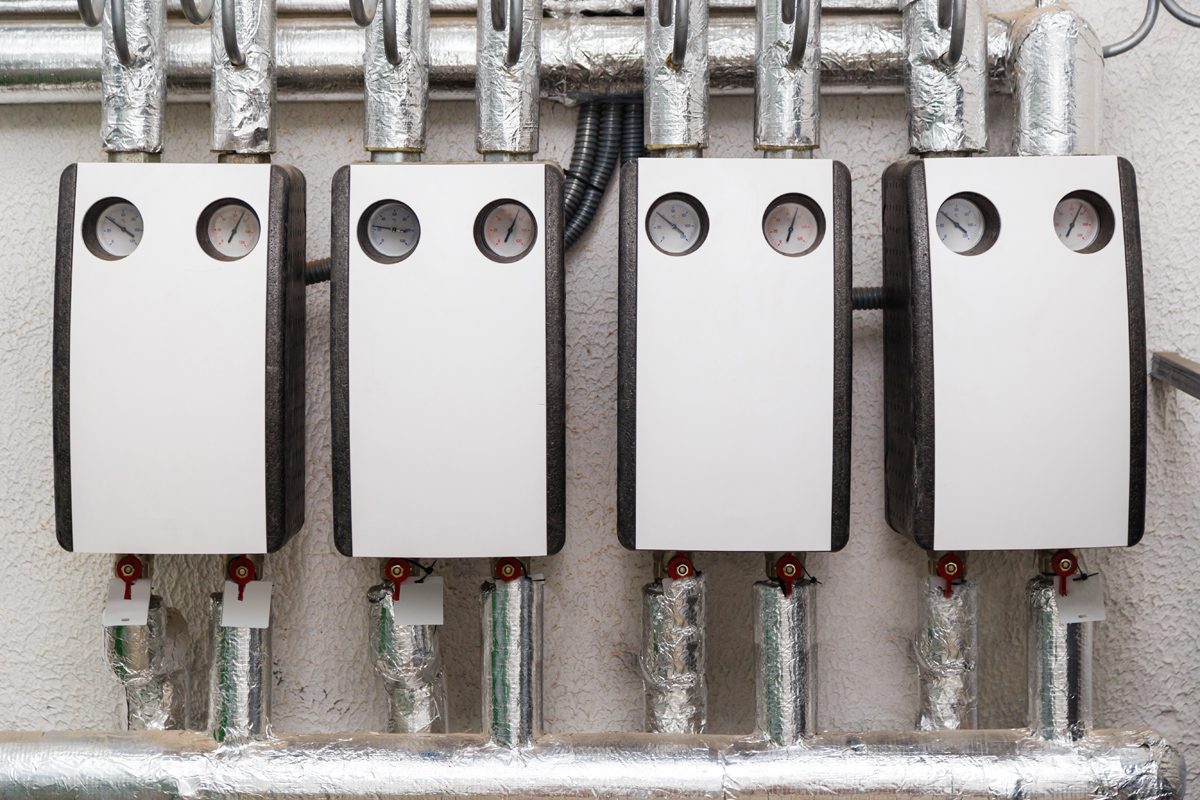Cooling tower maintenance is crucial for ensuring the efficient and safe operation of cooling systems in various industrial and commercial applications. Proper maintenance helps prevent equipment breakdowns, optimize performance, extend the lifespan of the cooling tower, and maintain water quality. Here are some key aspects of cooling tower maintenance:
-
Regular Inspections: Conduct routine inspections of the cooling tower components, including the fill media, drift eliminators, fan blades, motors, belts, bearings, nozzles, distribution pans, and structural supports. Look for signs of wear and tear, corrosion, scaling, or biological growth.
-
Cleaning and Disinfection: Clean the cooling tower regularly to remove debris, sediment, scale, and biofilm buildup. Use appropriate cleaning agents and disinfectants to control microbial growth and prevent the spread of pathogens such as Legionella bacteria.
-
Water Treatment: Implement a comprehensive water treatment program to control scale, corrosion, and microbial growth in the cooling tower water. Treatments may include biocides, scale inhibitors, corrosion inhibitors, and pH adjusters. Monitor water chemistry parameters regularly and adjust treatment dosages as needed.
-
Drift Eliminator Maintenance: Clean and inspect drift eliminators to ensure they are free of obstructions and damage. Drift eliminators help prevent water droplets from escaping the cooling tower and minimize water loss.
-
Fan and Motor Maintenance: Inspect fan blades, motors, belts, and bearings for signs of wear, misalignment, or malfunction. Lubricate moving parts as needed and replace worn components to prevent equipment failure.
-
Water Level Management: Maintain proper water levels in the cooling tower basin to ensure optimal heat transfer and system efficiency. Monitor water levels regularly and adjust as needed to compensate for evaporation, drift, and blowdown.
-
Airflow Optimization: Ensure adequate airflow through the cooling tower by removing obstructions, trimming vegetation, and maintaining proper clearance around the tower. Clean air intakes and louvers to prevent airflow restrictions.
-
Structural Integrity: Inspect the structural components of the cooling tower, including the tower frame, support beams, and casing, for signs of corrosion, rust, or deterioration. Repair or replace damaged components to maintain structural integrity and prevent safety hazards.
-
Emergency Planning: Develop and implement an emergency response plan for addressing equipment failures, water quality issues, and other potential hazards. Train personnel on emergency procedures and coordinate with local authorities as needed.
-
Documentation and Record-Keeping: Keep detailed records of maintenance activities, inspections, water treatment tests, and equipment repairs. Use these records to track system performance, identify trends, and ensure compliance with regulatory requirements.
By following these maintenance practices, cooling tower operators can optimize system performance, minimize downtime, and ensure the safety and reliability of their cooling systems. Regular maintenance is essential for maximizing the efficiency and longevity of cooling tower equipment while maintaining water quality and safety standards.
Universal Tower Parts In Phoenix, AZ
Universal Tower Parts provides stainless steel and galvanized options, welded and gasketed, direct, gear reducer and belt drive units, with efficient Jedair fans, and Jedair low noise fans. Strainers, fan guards and louvers are well constructed, and designed to operate efficiently as they perform their function. Cool Core drift eliminators and fill are made by Universal Tower Parts expressly for our towers.






